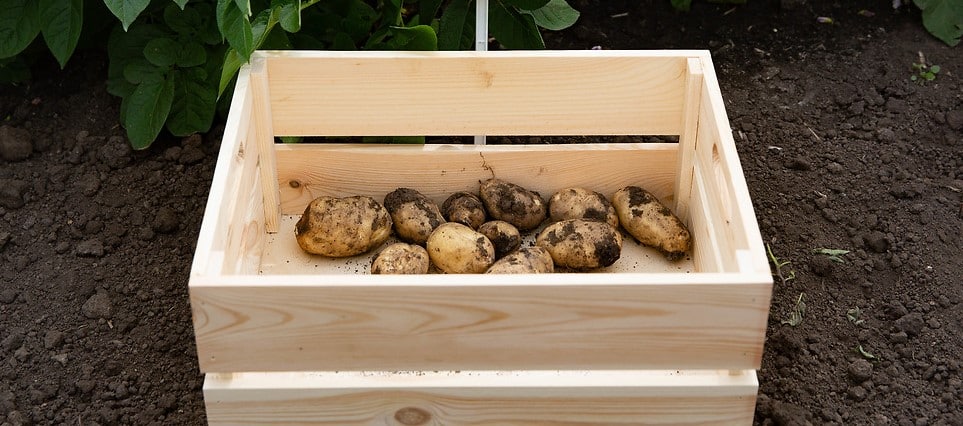Protect potatoes right up to harvest in high blight year – Farmers Guardian
In the last of our potato agronomy series, Farmers Guardian gets the view on harvest prospects and talking points of the 2024 season from agronomists in Scotland and England ...
Fife - Morven Anderson, Hutchinsons
The potato harvest, like the combinable crop harvest, is likely to be quite spread out this autumn after a protracted start to planting and precious few bright, sunny days to push canopy growth on and help tuber bulking. Indeed, abiotic stress has been an issue, caused by a number of factors, including late planting, lack of sunshine and low nutrient levels due to excess winter rainfall.
Many growers have been weighing up the benefits of giving crops more time to bulk up, against the risks of lifting later.
The good news is that blight monitoring under the industry-funded Fight against Blight programme has not found any cases of EU_43_A1 this year, which has insensitivity to CAA-inhibitor chemistry. Five cases of the metalaxyl-resistant EU_42_A1 were identified in Fife and Angus. However, the latter is still sensitive to other chemistry, which further reinforces the importance of planning blight strategies and fungicide choices carefully every season.
There have been more incidences of black leg and potato leafroll virus (PLRV) reported in seed and ware crops this year. At Potatoes in Practice, the James Hutton Institute (JHI) highlighted the risk posed by asymptomatic PLRV isolates that have recently been identified in Scotland. Varieties that experience asymptomatic infection can act as reservoirs of virus for aphid transmission as they will not be removed by rogueing. This poses a real challenge for seed crops.
Where high levels of virus have been seen and growers plan to home-save seed, it is worth reassessing virus control programmes. That may mean getting seed samples virus tested, managing aphids better through an integrated strategy, or buying new seed.
It is worth noting, however, that there are big challenges for seed certification, and a tightening of seed supply for next year is anticipated, especially for sought-after varieties such as Maris Piper.
East Midlands - Tom Hopkins, Farmacy
Historically, September was often seen as the ‘bulking month’ for maincrop potatoes, however lifting has crept earlier in recent years, especially where growers have large areas to cover before the autumn weather window closes.
In this area, lifting was just getting underway at the time of writing, and early yield digs suggest some potato varieties could be 10-15% down due to the conditions this season, although yields of chipping varieties lifted earlier in the summer were about average, so it maybe too early to tell.
Quality and size generally look good though, so there are no real concerns about crops going into store at this stage. It is worth noting though, that dry matter contents are quite high, which increases the bruising risk.
As elsewhere, this season has turned into quite a high pressure one for blight – after a slow start – so make sure any later-lifted crops are protected with products that offer good zoospore activity for tuber blight. Where desiccants are still to be applied, also remember that chemistry such as carfentrazone-ethyl works best when applied during conditions with bright sunlight.
There will inevitably be a rush to get ground turned around for the following crop, but take a moment to get the spade out and assess fields to see if there are any soil issues requiring remedial action, such as compaction or smearing. Try to avoid leaving bare soil into winter months, as having roots in the soil will help repair soil structure sooner.
It is also worth remembering that where there are a lot of small grade-out tubers on the surface, try to avoid ploughing them down, as leaving tubers on the surface aids breakdown by frost over winter.
For land going into potatoes next year, now is a good time to sample for Potato Cyst Nematode (PCN), as there is still sufficient time to re-jig rotations or cropping plans if sampling indicates a high level in the soil. GPS sampling on one hectare grids is good practice where there is a history of PCN as it helps avoid missing any isolated patches within the field.
